


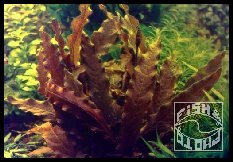
![]() Barclaya longifolia
Barclaya longifolia
.![]() Nymphea lotus "rood"
Nymphea lotus "rood"
![]() Didiplis
diandra
Didiplis
diandra
![]() Nymphea
spec.
Nymphea
spec.
Echinodorus osirus
"bruin" ![]()
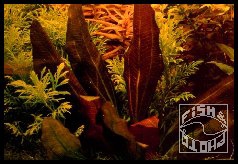
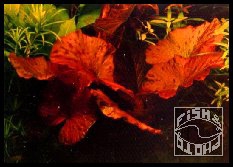
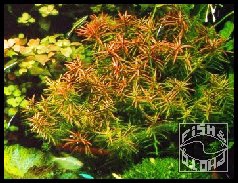
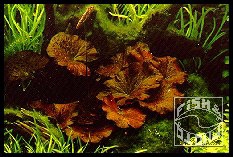
   | ||
|
Rode
planten in het architectonisch aquarium 4 | ||
 |
|
|
|
|
|
|
|
Barclaya longifolia is a tuberous plant, highly related to Nymphea. There also exists a green variant. It is not remarkably that it did not obtain a foothold in aquaristics. The leaves of the species "red" at the underside are wine red colored; the upper site may vary from brown to reddish. It rather often occurs that the plant flowers. It is not necessary that the flowers come above the surface. Yet the molding of seeds will take place then (Cleistochamie). The color is less dependent of the light. Middle hard till soft and acid water at temperatures of 25 degrees does agree the best with the plant. Probably while the plant knows a period of rest now and then, she has been jostled in the Dutch aquaria by plants that are better to control and easier to cultivate. For a good development they demand an airy bottom with clay and scraps of peat. Nymphea lotus again is such a species with a large area that has adapted her to it and therefore is rather variable in color and form. The red specimen, are good eye-catchers on places where the arrangement demands for an accent that will stay a little a lower to the ground. |
Specimen
of Lotus as well feels well in an airy bottom and rich of nourishment. The depicted
Echinodorus osirus "brown" is after some people a natural
hybrid. The fact that there are know neither flowers nor seeds supports that theory.
Other takes the name synonym to E.urugayensis. In that kind of discussions
we do not take a view at this place. It is an extremely pretty eye-catcher to
the aquarist that is less demanding, because the deep swarthy color is constant
even in neutral till light alkaline water. Except a bottom rich of nourishment
with a local gift of clay much light and a regular dosage of iron are important
for the red color. |